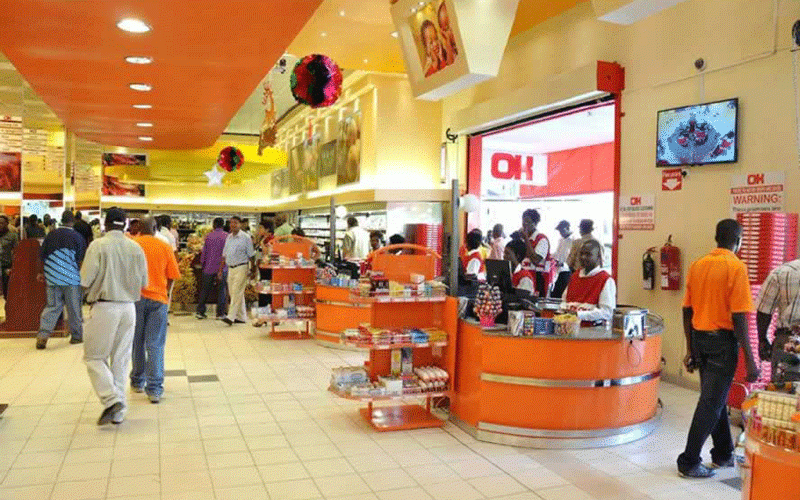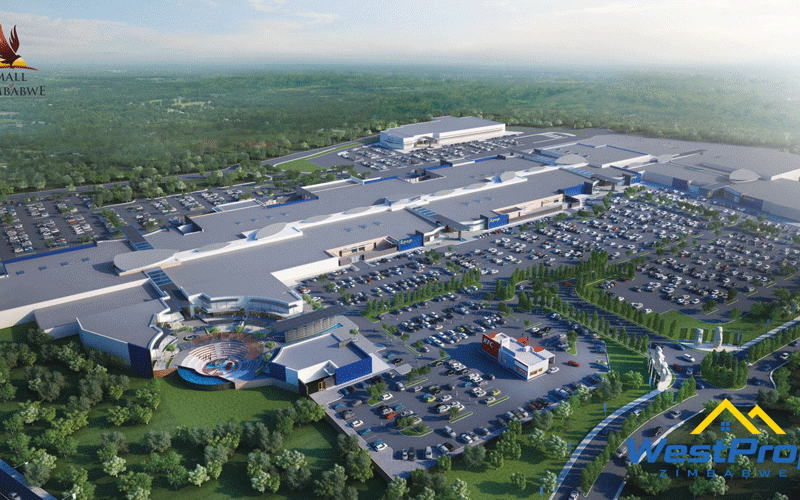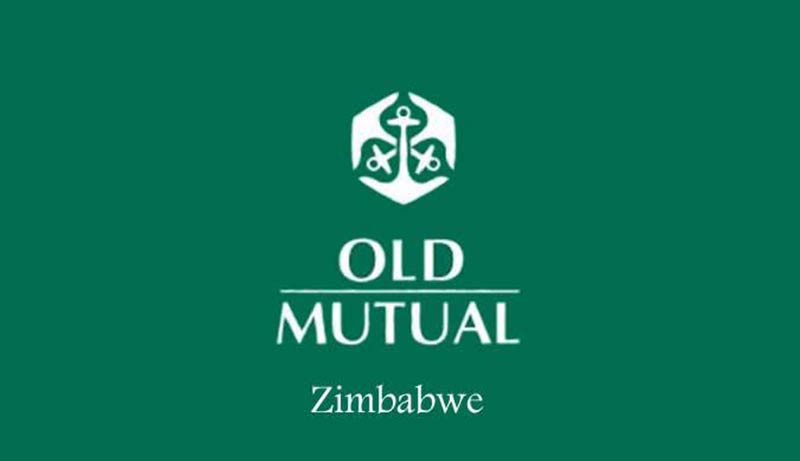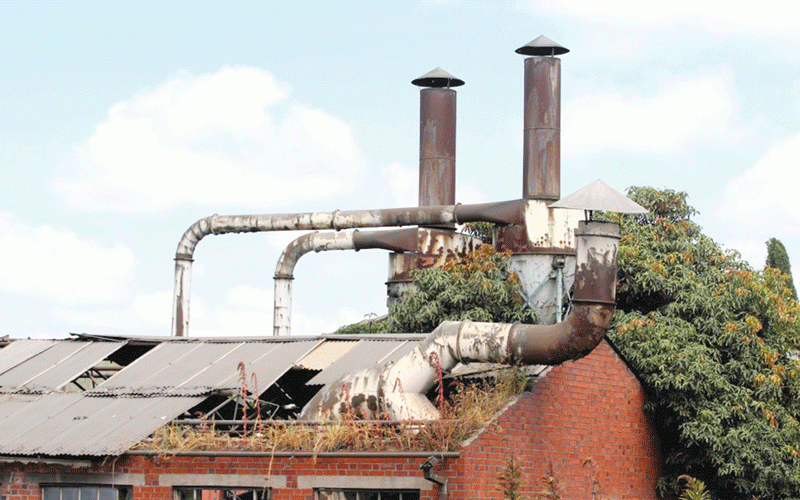
THE Tigere Property Fund (Tigere) is pursuing a unit placement strategy to expand its listed real estate investment trust (REIT), a move that allows the fund to acquire new assets without taking on debt or depleting its cash reserves.
Under this approach, Tigere issues new REIT units directly to property sellers or selected investors as payment for acquisitions, instead of raising capital through a public offer.
The method not only strengthens the fund’s asset base but also aligns the interests of property vendors with the long-term success of the trust.
Tigere’s medium-term targets include achieving a net asset value (NAV) of US$100 million by the 2027 financial year (FY27) and a minimum net rental yield of 7% by FY26, milestones expected to enhance quarterly dividend distributions.
“In line with the acquisition strategy adopted by the REIT for the Highland Park Phase 2 Transaction, the REIT manager found it prudent to maintain use of the ‘unit placement’ method,” Tigere stated in a circular to its unit holders.
“The minimal effects on the fund’s cash reserves and plain-vanilla nature of this method have been deemed by the REIT manager as core benefits for adopting this strategy.”
This week, Tigere announced plans to acquire two new properties, Greenfields Retail Centre in Harare and the Zimre Park Phase 1 Drive-Thru in Ruwa, for a combined US$25,12 million using the unit placement method.
The Greenfields acquisition, valued at US$24,23 million, will be largely settled through the issuance of 743,2 million new units, while 27,3 million units will be issued for the US$890 000 Zimre Park property. In total, 770,5 million new units will be created, expanding Tigere’s total issued units to 1,84 billion. The new units will represent approximately 41,8% of the enlarged capital base.
- Farm wrangle sucks in Lands official
- Corruption watch: Time for citizens, civil society to take over
- Pushback over Chinese lithium push
- Corruption watch: Time for citizens, civil society to take over
Keep Reading
Following the acquisitions, Tigere’s investment property portfolio value is projected to increase by 73,8% to US$58,13 million.
If approved by unit holders at an extraordinary general meeting scheduled for November 3, the fund’s gross lettable area (GLA) — the total income-generating rental space — will be composed of Greenfields Retail Centre at 44,7%, Highland Park Phase 1 at 27,8%, Highland Park Phase 2 at 13,3%, Chinamano Corner at 13,3%, and Zimre Park Drive-Thru at 1%.
Tigere has underscored its commitment to protecting existing investors from dilution.
“To avoid prejudicing existing unit holders, the fund generally seeks to issue new units to sellers of target assets at a price not lower than the latest Tigere REIT NAV per unit,” the company said.
“This effectively protects the fund from NAV dilution, which occurs when the number of outstanding units in issue increases without a corresponding increase in net assets, subsequently reducing the fund’s intrinsic value per unit held.
“Additionally, it is imperative that the target asset increases the post-acquisition earnings per unit (EPU) of the combined portfolio, which in turn, increases the dividend per unit (DPU).
“An example of the fund’s ‘dilution-proof’ strategy was the Highland Park Phase 2 acquisition, which resulted in a 1,42% and 17,96% appreciation in the fund’s NAV/Unit and EPU to 3,18 US cents and 19 US cents, respectively,” it added.
According to the latest forecasts, the REIT manager expects the NAV per unit to increase further by 1,1% to 3,21 US cents, while the EPU is projected to climb 17,39% to 0,226 US cents, compared to an FY25 guideline estimate of 0,192 US cents.
Outlining its investment parameters, Tigere said it typically targets net rental yields of between 5% and 7%, driven by the acquisition and active management of income-generating real estate.
“As such, each acquisition should at the very least increase the net rental yield of the existing property portfolio and improve counterparty lease diversification,” it said.
The Tigere REIT is categorised as an income REIT due to its primary focus on rental income-generating real estate assets.











